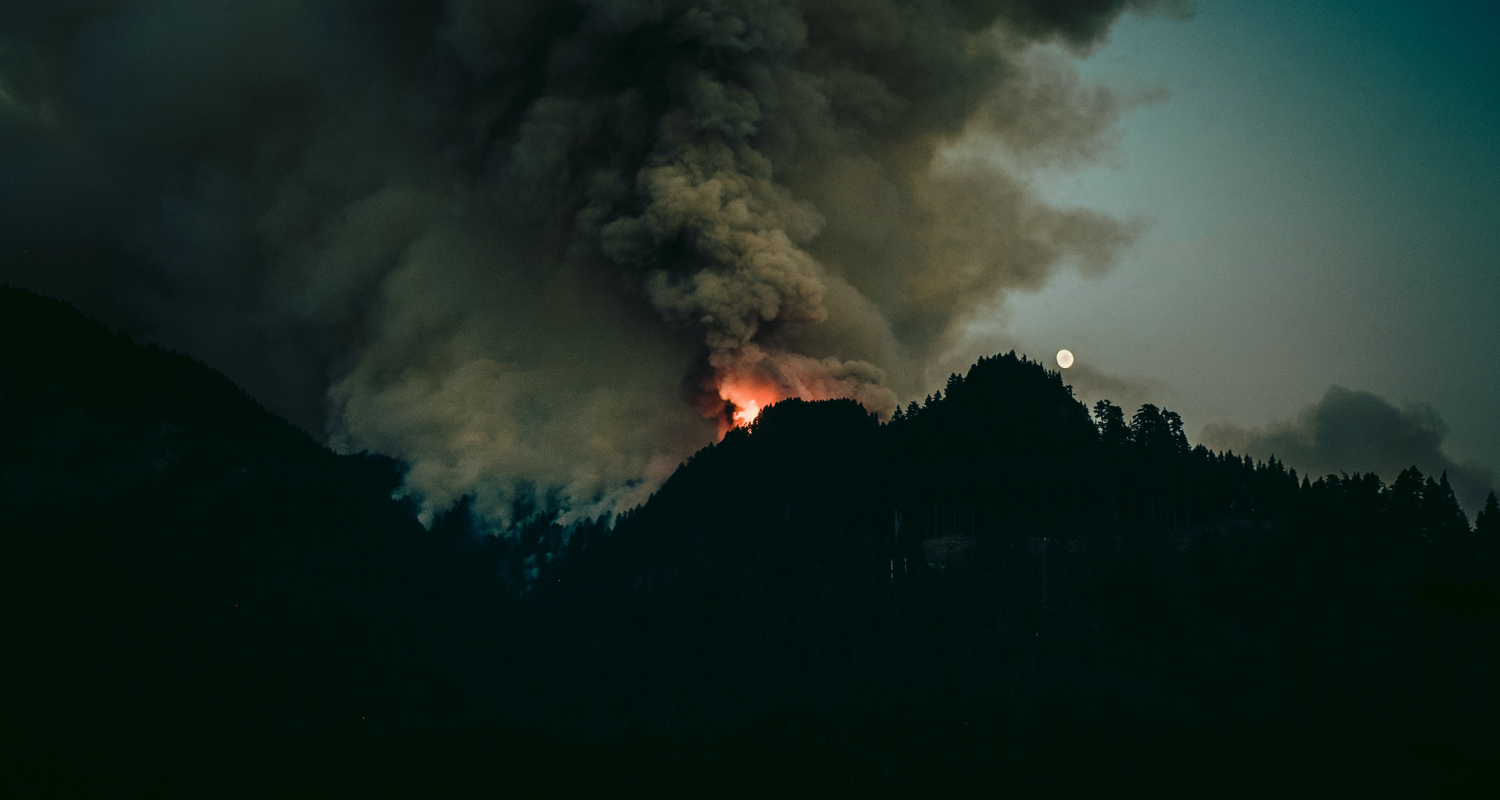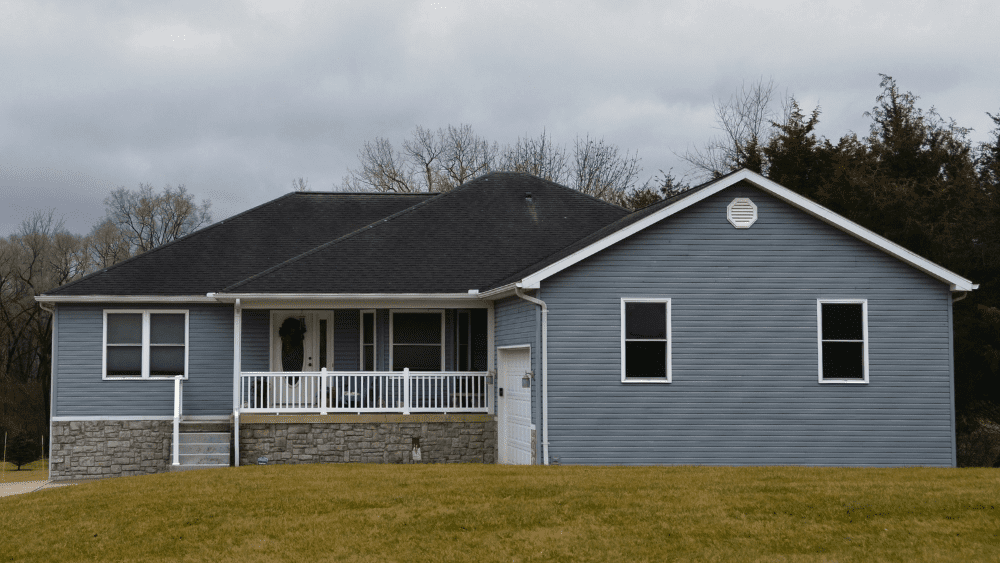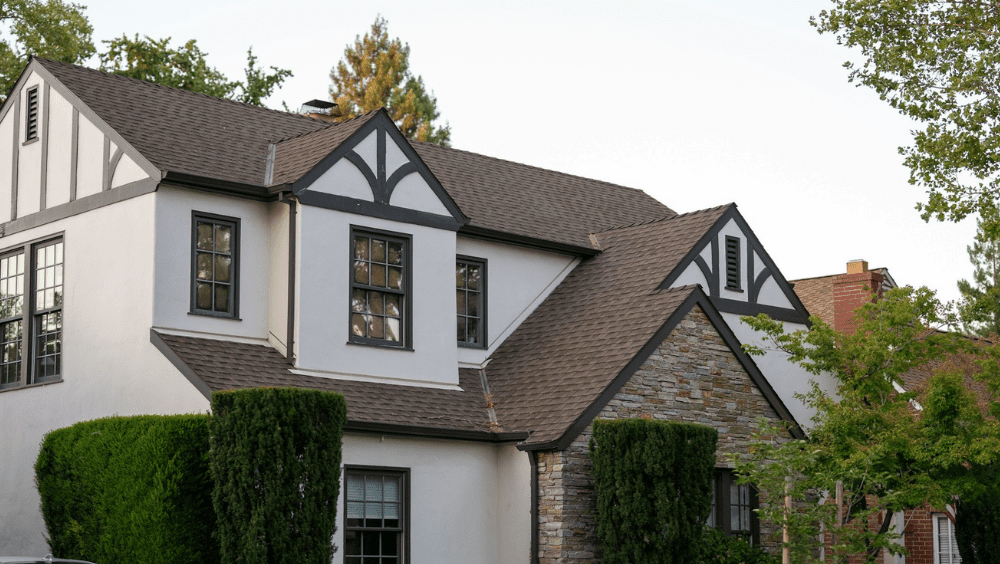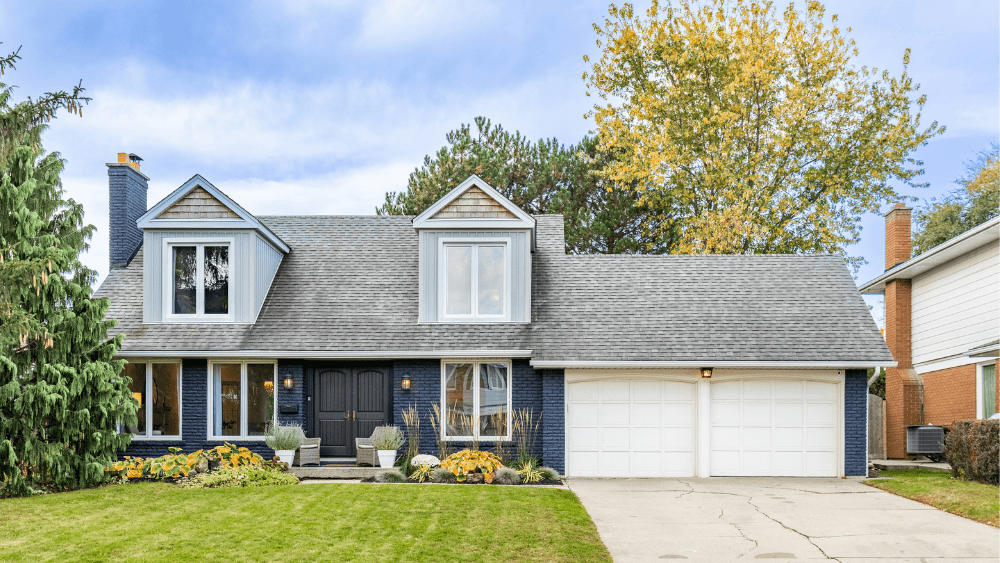
Fire season seems to grow longer and more destructive each year. In California, the state with the highest fire risk in the nation, seven of the ten most destructive fires in the state’s history have burned in the last five years alone. As wildfires grow in size and ferocity, so too does the danger to nearby homes and their respective property values. One study published in the Journal of Forest Economics found that property values in a community just two miles from the burn zone fell as much as 15%. Another study published in the Journal of Real Estate and Economics found that house prices fell by 10% after a first fire and then fell again by nearly 23% after a second fire. Regions that experienced a second wildfire reduced property value by as much as 23%. San Jose real estate agents Jennifer and Andrew Oldham, who work in fire-affected areas, confirm this finding: “The first fire has an impact; then a second fire brings more awareness and there’s this exponential decrease in prices as the concern grows.” The impact of wildfire risk on property value is for good reason: The devastation can be absolute. Take, for example, the town of Paradise, a community of 4,000 people that was razed to the ground by the Camp Fire in 2018. The toll of this loss is incalculable, and when many in Paradise found themselves under a similar threat from impeding wildfires in 2020, they wondered if it was worth rebuilding at all. Unfortunately, the risk of California wildfires isn’t going anywhere. Homeowners in fire-affected areas need to understand the danger that wildfires pose to their home’s structure and market price. We researched the best ways to understand your risk and take preventative actions to protect your home and your property value. The recent hot seller’s market and the backlog of buyer demand for homes going into 2021 have kept property values at a high point. However, past research conducted in more balanced markets suggests that properties adjacent to wildfire-impacted communities decrease in value. Here are three ways wildfires may impact property values: After a wildfire impacts a community, homebuyers have a heightened awareness of fire risk which may influence some to browse for homes elsewhere. “There is absolutely much more sensitivity to the risk of wildfires by homebuyers, and sometimes that risk doesn’t become real in their mind until they actually go see a property that is close to fire damage,” says Andrew Oldham. It can take burn zones years to recover, leaving behind stark reminders of the blaze for multiple waves of buyers. Oldham gives an example: “We had a client that we showed a property to in the Boulder Creek area of the Santa Cruz mountains — a beautiful little house. And then when we walked just, maybe 40 yards up the hill a little bit, all the trees were burnt out. You could just see the expression on her face when she saw. She went, ‘Oh, my gosh, this is a real risk here.’ And she went from someone who would make an offer on that house to someone who realized the actual risk of it and just did not want to make an offer.” Secondly, and less obviously, the loss in forest amenity value can significantly impact a property’s market price. Proximity to mature trees, like those in a forest, have the potential to boost property values by 10% to 15%. If those trees burn down, property prices can take a hit. Amenity value may never recover, either. Forests sometimes drastically change after a wildfire; pioneer species that thrive in post-fire conditions can edge out the plants which previously inhabited the area. So that treeline view might transition into a shrub-filled valley. Lastly, there is a heightened risk of flash floods and mudflow after a wildfire. Normally, vegetation absorbs rainfall and holds topsoil in place, but wildfires dramatically alter terrain and ground conditions by eliminating these natural sponges. Without vegetation to maintain the ecosystem, flood and corresponding mudflow risk is significantly higher and remains higher until the ecosystem bounces back (up to five years after a fire). Flood and mudflows particularly threaten properties located downstream of burn areas. Thankfully, the United States Geological Service has a map that estimates the probability of post-fire debris-flows and hazards. If you live in a fire-affected area, it is worth reaching out to an insurance agent to discuss coverage to protect your home from these additional dangers. The threat of wildfires in California isn’t going anywhere, but we’re not entirely powerless over it. Homeowners can take steps today to harden their homes against fire risk — and increase their property value in the process. The first step to reducing the impact of wildfires is to understand your proximity to the threat. And it’s not just those who live in remote or wooded areas who are at risk. Wildland-Urban Interface (WUI) areas — or communities in the zone of transition between unoccupied wildlands and human development — are a growing concern for firefighting officials. These communities include suburbs and fringes of cities which abut wild areas and might seem deceivingly protected from wildfire to the untrained eye. FEMA estimates that more than 46 million homes in WUI areas are at risk of a wildfire, constituting a particular threat because of their ample fire fuel and dense populations. Since California laws require sellers to disclose a property’s wildfire risk, you may already be aware of your home’s risk. Even so, you should check in on your risk zone since these change over time. Use the following maps to help determine risk in your area: While there is no way to fireproof a home completely, you can make it more resilient through a process called fire hardening. This process entails taking preventative measures (as we’ll detail below) to mitigate hazard risk in a wildfire event. Fire hardening benefits are twofold: First, there is the obvious reduction of risk; second, there is a high return on investment for these features in California’s wildfire-affected areas. “They definitely add value. One hundred percent,” Andrew Oldham weighs in. “If a homeowner really wants to maximize the value of their home that lives in areas impacted, they should do that work in advance of putting their home on the market.” Here are some ways you can fire harden your home: Insurance for homes in wildfire-prone areas in California is changing. In an attempt to reduce their exposure to the growing risk of property loss or damage from wildfire, insurers have begun pulling out of at-risk areas by not renewing policies for homes. In 2019, insurers dropped 235,274 fire insurance policies in California. Gavin Newsom responded by imposing a one-year moratorium on nonrenewals in zip codes that wildfires directly affected in that year. Still, it’s likely turbulence will continue until both the insurance industry and state governments find a more mutually sustainable solution. With more risk than ever and uncertainty in the market, it has never been more important to reach out to your insurance provider to understand your coverage. Talk to your insurance provider about what your home insurance policy covers in case of wildfire, flash flood, or landslide. You may find that you need to purchase an additional policy for catastrophe insurance. Your insurance agent will be your most valuable ally in the journey to rebuilding your home after an emergency. It’s particularly beneficial to work with insurance agents local to your area because they’re familiar with your home’s specific risks and may have experience handling similar claims. For the best communication possible, establish a relationship with your agent before disaster strikes. The best way to know if wildfire risk impacts your home’s value is to keep tabs on your property value. There are several methods to get an accurate estimate, including our Home Value Estimator tool. For the most precise estimate, reach out to a real estate agent in your area. These experts will be able to offer insight into property values in your community, as well as specifics about the price that fire risk might impose on your home. Connecting with an agent is a vital step if you’re thinking about putting your house on the market anytime soon. An expert agent will help you analyze the multitude of data and advise you on ways to increase your property value — they might even be able to offer additional tips to fire-harden your home.What is the impact of wildfire risk on property value?
Increased awareness of fire risk
Loss of attractive landscape
Increased natural disaster risk
What can homeowners do to protect their property value?
Understand your risk
Fire harden your home
Connect with your insurance provider
Check your coverage
Get to know your agent
Keep tabs on your property value



